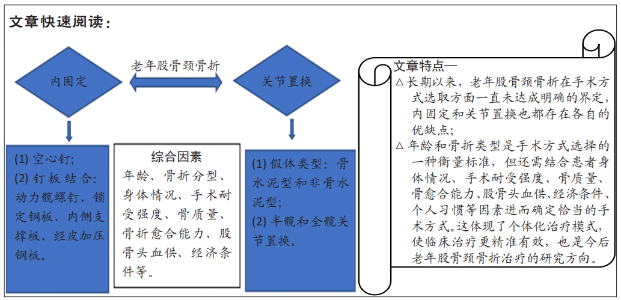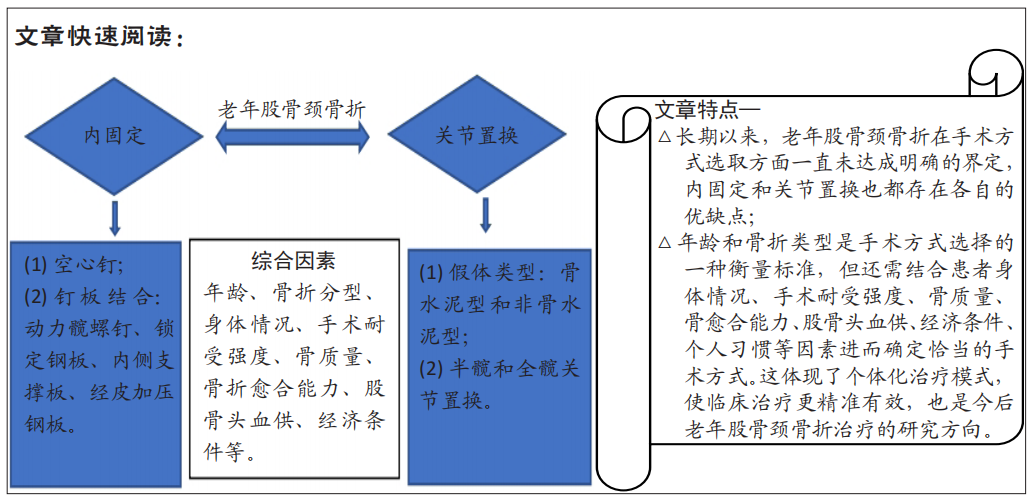| [1] |
Zhuang Zhikun, Wu Rongkai, Lin Hanghui, Gong Zhibing, Zhang Qianjin, Wei Qiushi, Zhang Qingwen, Wu Zhaoke.
Application of stable and enhanced lined hip joint system in total hip arthroplasty in elderly patients with femoral neck fractures complicated with hemiplegia
[J]. Chinese Journal of Tissue Engineering Research, 2022, 26(9): 1429-1433.
|
| [2] |
Zhu Chan, Han Xuke, Yao Chengjiao, Zhou Qian, Zhang Qiang, Chen Qiu.
Human salivary components and osteoporosis/osteopenia
[J]. Chinese Journal of Tissue Engineering Research, 2022, 26(9): 1439-1444.
|
| [3] |
Jin Tao, Liu Lin, Zhu Xiaoyan, Shi Yucong, Niu Jianxiong, Zhang Tongtong, Wu Shujin, Yang Qingshan.
Osteoarthritis and mitochondrial abnormalities
[J]. Chinese Journal of Tissue Engineering Research, 2022, 26(9): 1452-1458.
|
| [4] |
Zhang Lichuang, Xu Hao, Ma Yinghui, Xiong Mengting, Han Haihui, Bao Jiamin, Zhai Weitao, Liang Qianqian.
Mechanism and prospects of regulating lymphatic reflux function in the treatment of rheumatoid arthritis
[J]. Chinese Journal of Tissue Engineering Research, 2022, 26(9): 1459-1466.
|
| [5] |
Xu Xinzhong, Wu Zhonghan, Yu Shuisheng, Zhao Yao, Xu Chungui, Zhang Xin, Zheng Meige, Jing Juehua.
Biomechanical analysis of different ways of inserting Steinmann Pins into the femoral head
[J]. Chinese Journal of Tissue Engineering Research, 2022, 26(9): 1313-1317.
|
| [6] |
Yuan Jiabin, Zhu Zongdong, Tang Xiaoming, Wei Dan, Tan Bo, Xiao Chengwei, Zhao Ganlinwei, Liao Feng.
Classification and reduction strategies for irreducible intertrochanteric femoral fracture based on anatomy
[J]. Chinese Journal of Tissue Engineering Research, 2022, 26(9): 1341-1345.
|
| [7] |
Pan Baoshun, Fang Zhen, Gao Mingjie, Fang Guiming, Chen Jinshui.
Design for posterior atlantoaxial internal fixation system with fusion cage based on imaging data
[J]. Chinese Journal of Tissue Engineering Research, 2022, 26(9): 1372-1376.
|
| [8] |
Li Kun, Gao Erke, Xiong Feng, Wang Xing, Wu Danqi, Li Zhijun, Zhang Shaojie, Liu Yanan, Duo Lan, Li Ziyu.
Feasibility of axial transpedicle screw internal fixation in children aged 1 to 6 years
[J]. Chinese Journal of Tissue Engineering Research, 2022, 26(9): 1383-1387.
|
| [9] |
Wang Jing, Xiong Shan, Cao Jin, Feng Linwei, Wang Xin.
Role and mechanism of interleukin-3 in bone metabolism
[J]. Chinese Journal of Tissue Engineering Research, 2022, 26(8): 1260-1265.
|
| [10] |
Zhu Chan, Han Xuke, Yao Chengjiao, Zhang Qiang, Liu Jing, Shao Ming.
Acupuncture for Parkinson’s disease: an insight into the action mechanism in animal experiments
[J]. Chinese Journal of Tissue Engineering Research, 2022, 26(8): 1272-1277.
|
| [11] |
Zhang Jinglin, Leng Min, Zhu Boheng, Wang Hong.
Mechanism and application of stem cell-derived exosomes in promoting diabetic wound healing
[J]. Chinese Journal of Tissue Engineering Research, 2022, 26(7): 1113-1118.
|
| [12] |
Huang Chenwei, Fei Yankang, Zhu Mengmei, Li Penghao, Yu Bing.
Important role of glutathione in stemness and regulation of stem cells
[J]. Chinese Journal of Tissue Engineering Research, 2022, 26(7): 1119-1124.
|
| [13] |
Hui Xiaoshan, Bai Jing, Zhou Siyuan, Wang Jie, Zhang Jinsheng, He Qingyong, Meng Peipei.
Theoretical mechanism of traditional Chinese medicine theory on stem cell induced differentiation
[J]. Chinese Journal of Tissue Engineering Research, 2022, 26(7): 1125-1129.
|
| [14] |
An Weizheng, He Xiao, Ren Shuai, Liu Jianyu.
Potential of muscle-derived stem cells in peripheral nerve regeneration
[J]. Chinese Journal of Tissue Engineering Research, 2022, 26(7): 1130-1136.
|
| [15] |
Fan Yiming, Liu Fangyu, Zhang Hongyu, Li Shuai, Wang Yansong.
Serial questions about endogenous neural stem cell response in the ependymal zone after spinal cord injury
[J]. Chinese Journal of Tissue Engineering Research, 2022, 26(7): 1137-1142.
|

